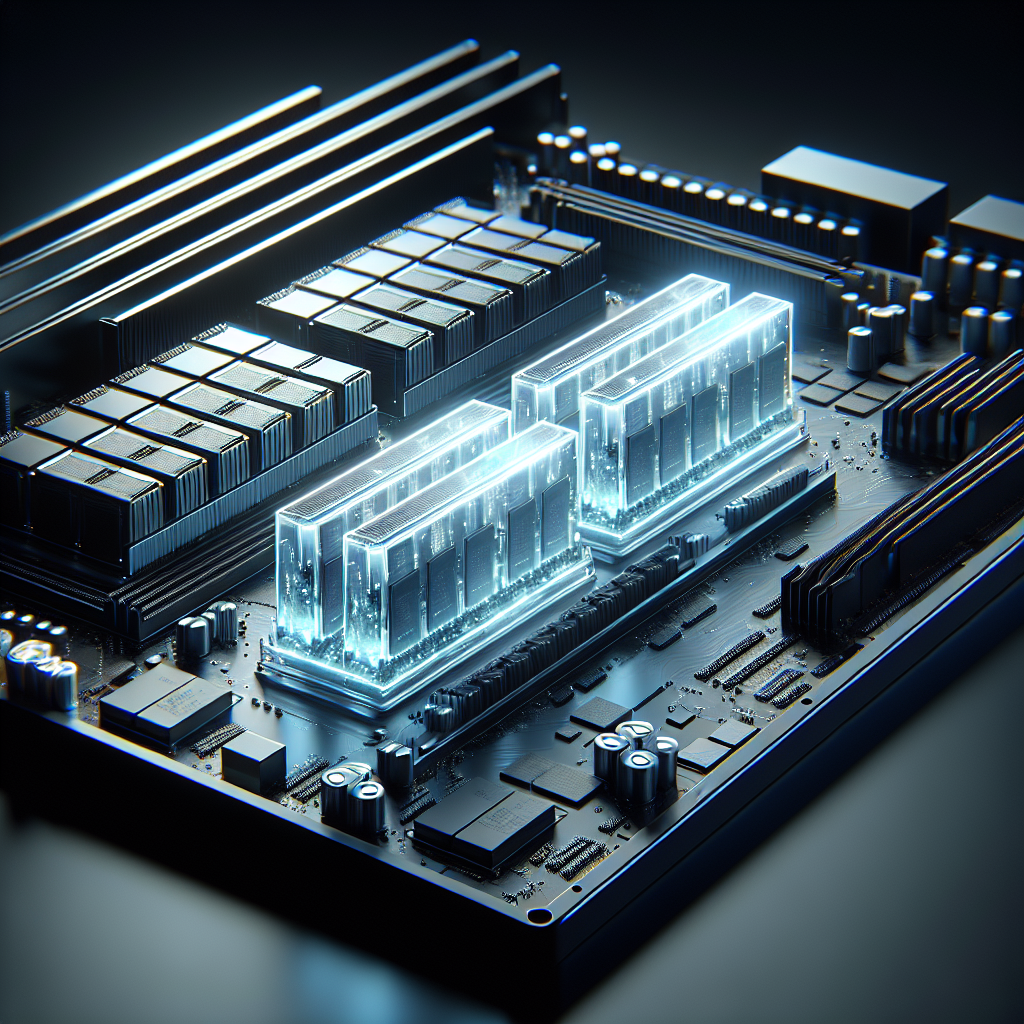It’s a feeling every tech enthusiast knows. That little spark of excitement when you upgrade your gear. Maybe you just spent the afternoon carefully installing new RAM into your home lab server. You followed the population guidelines, made sure every module clicked perfectly into place, and now it’s time for the moment of truth.
You hit the power button. The fans spin up. The boot screen appears. You lean in, waiting to see that glorious new total memory count, and then… huh?
It’s showing less RAM than you installed. Maybe it’s off by the exact size of one of your new sticks.
Your mind starts racing. Did I get a bad module? Is the slot dead? You might even start the tedious process of swapping sticks around, testing each one individually, only to find that the hardware all seems fine. No matter which stick you put in which slot, the total available memory is always short.
So, what’s going on?
It’s Not Broken, It’s a Feature
Before you start questioning your sanity or your hardware, let me share a little secret I’ve learned from hours spent in server BIOS menus. More often than not, your RAM isn’t missing at all. It’s just been reserved.
On many enterprise-grade servers, especially HPE ProLiant models (like the DL360 G10), there’s a powerful feature running behind the scenes called Advanced Memory Protection (AMP). This isn’t a bug; it’s a deliberate system designed for rock-solid stability and data integrity.
Think of it like this: in a high-stakes business environment, preventing a server crash due to a minor memory error is critical. To achieve this, the server can set aside some of its physical RAM to use for error correction, or even to create a complete backup of the other RAM in real-time.
This reserved memory is cordoned off by the system’s firmware before the operating system even starts to load. That’s why the lower amount shows up on the POST screen. The server sees all the RAM, but it only reports the portion that’s available for you to use. The rest is on duty, protecting the system.
The Trade-Off: Stability vs. Capacity
For a big company, sacrificing 16GB or 32GB of RAM for fault tolerance is a no-brainer. But for a home lab or a test environment, you probably want every last gigabyte you paid for.
This is where you have a choice to make. You can trade some of that enterprise-level protection for more usable memory. All you have to do is venture into the BIOS.
Here’s a general guide on how to find and change this setting on an HPE ProLiant server. The menu names might be slightly different on other brands, but the concept is the same.
- Reboot Your Server: Start the machine and watch for the prompt to enter system setup.
- Enter System Utilities: On HPE servers, this is usually done by pressing the F9 key during boot.
- Navigate to the Memory Settings: Once you’re in the BIOS/UEFI, you’ll want to find a path that looks something like this:
System Configuration > BIOS/Platform Configuration (RBSU) > Memory Options - Find Advanced Memory Protection: Inside the memory options, you’ll see the setting for AMP. Click on it, and you’ll likely find a few choices.
- Fault Tolerant Memory (Memory Mirroring): This mode offers the highest protection. It cuts your available RAM in half, using one half to mirror the other. If a stick fails, the system seamlessly continues running on the mirrored copy.
- Advanced ECC Support: This is the sweet spot for most. It provides excellent error correction without reserving entire modules. It uses a small amount of overhead but gives you access to almost all of your installed RAM.
- Memory Sparing: This mode designates one RAM module as a “spare.” If another module starts reporting too many errors, the system automatically deactivates it and enables the spare one. This is why it often looks like one module is “missing.”
For a test environment, changing the setting from Memory Sparing or Mirroring to Advanced ECC Support is usually the way to go. This will “free” the reserved RAM and make it available to your operating system.
The “Aha!” Moment
After you make the change, save your settings and reboot. When the server starts up again, you should finally see the full amount of memory you installed.
It’s a simple fix, but one that’s not obvious unless you know where to look. Your server wasn’t hiding your RAM maliciously; it was just trying to do its job a little too well for your needs. And now, you know exactly how to tell it to relax.
